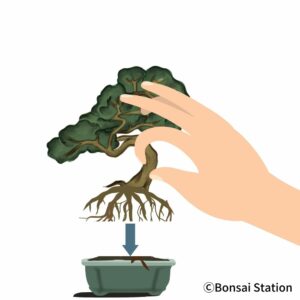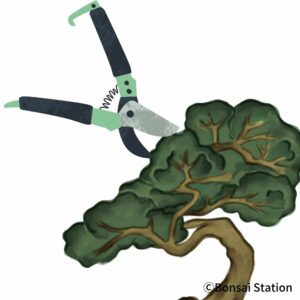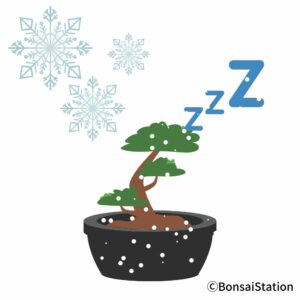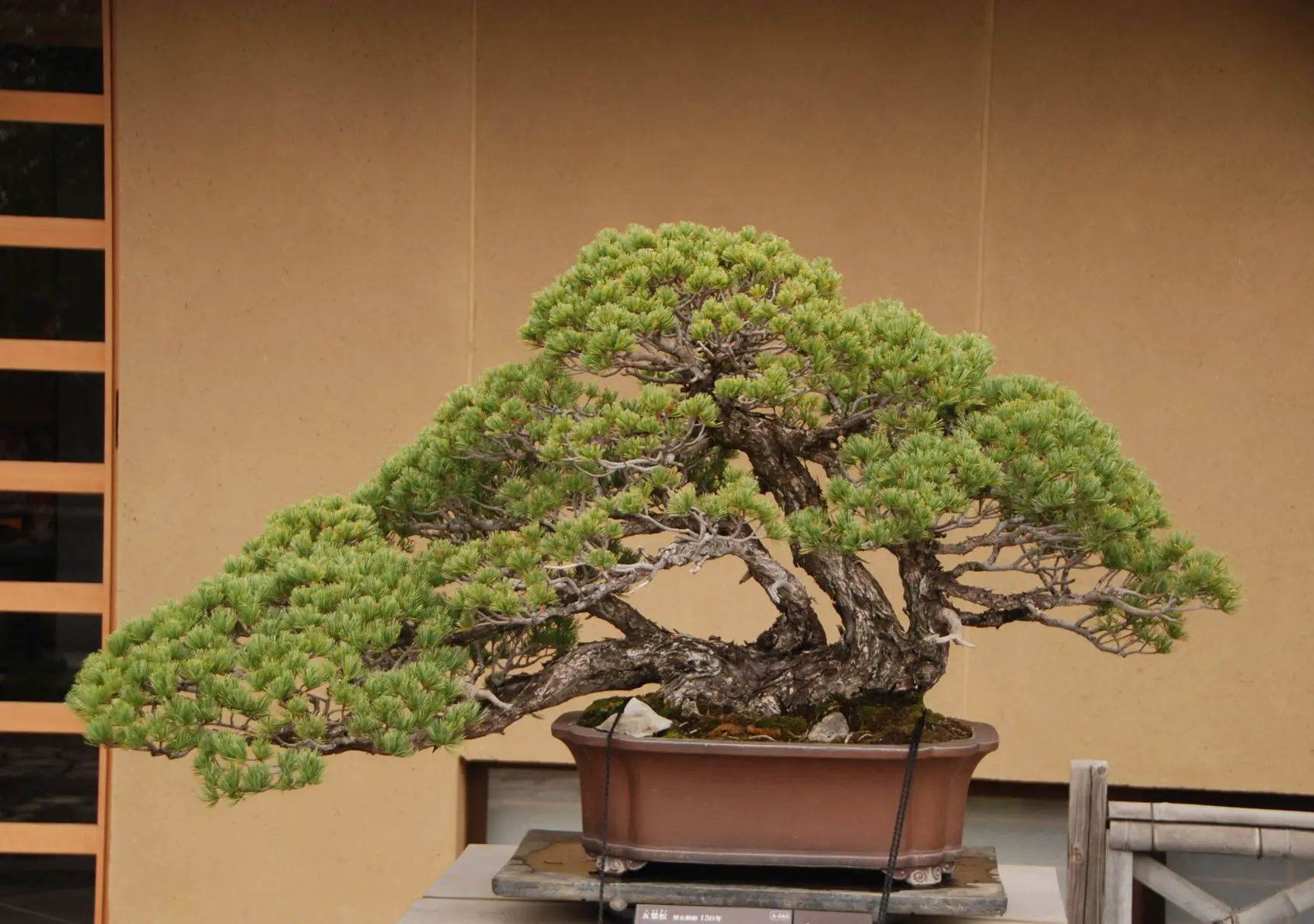If someone gave you a bonsai tree and you do not know what to do with it, here are some of the steps you should take.
First, you have to identify if your bonsai tree is an indoor or outdoor bonsai. You then decide where to place your tree. Adequate watering is the key to making the tree healthy since they are placed in a tiny pot. Make sure to care for the tree in the right season.
Steps to caring for your gifted bonsai
Identify the species: indoor/outdoor
Depending on where to be placed, bonsai can be divided into outdoor and indoor bonsai. There are in fact only a few indoor bonsai species including ficus and jade. Most of the traditional bonsai species such as spruce, pine, and Japanese maple are outdoor bonsai.
If you would like to know the specific type of tree species, the following post will help you identify it.
Where to place the bonsai tree
Except for a few indoor bonsai species, bonsai trees should be kept outside where they get plenty of sunlight and fresh air.
What bonsai need to grow

A bonsai tree, like other plants, needs sunlight, air and water to thrive. Plants use sunlight as well as carbon dioxide and water to create their energy source, glucose. The glucose provides the energy they need to grow and survive.
Bonsai trees do need to be fertilized from time to time but it is not the essential part of keeping them healthy. Too much fertilizer can indeed be detrimental so you should wait for several months to be comfortable about their maintenance and start giving nutrients.
Where to place your bonsai

Common bonsai species such as juniper, oak, Japanese maple and cherry blossom are photophilic plants; i.e. plants that grow in open places and cannot withstand a long period of time in the shade or inside the house. If you place outdoor bonsai trees inside the house, they cannot make enough energy and will slowly wither.
If you do want them to be indoors, you need a dedicated artificial light source. Or you can place them alongside the window or on the balcony where they get at least 3 hours of sunlight a day (the longer the better).
Watering is the key to healthy growth

Watering a bonsai is said to be difficult because it is planted in a small, shallow pot. It needs an adequate amount of water; not too much or too little. Too much water leads to root rot and too little water eventually leads to its death.
As a general rule (under a temperate climate), you should water your bonsai tree;
-
- once a day in spring and fall,
- twice a day in summer, and,
- once every three days in winter.
Water thoroughly to the extent that it runs out of the base of the pot.
This general rule should be altered depending on several factors such as the soil in which your bonsai tree is planted, the climate/weather of your region, and tree species and its growth stage.
For more about watering bonsai, please check the post below.
Seasonal bonsai care
Bonsai trees are different from houseplants and so you cannot care for them the same way. Also, it is important to care for your bonsai tree in the right season because management in the wrong season might weaken the tree.
Following is the seasonal care for a bonsai tree and this post articulates a complete beginner’s guide for bonsai care.
Spring

Early spring is the repotting season. Check if your bonsai tree is root bound or not. A root-bound plant is a plant that has been grown in the same pot for a long time so that the pot is filled with roots. As there is little soil to absorb water and nutrients, root-bound leads to poor plant health.
How to tell if your bonsai is root bound
- Gently uncover a little bit of the surface soil and see if fine roots are visible (other than the big/thick surface roots- nebari).
- Check the bottom of the pot and see if the roots are growing out of the drainage holes or matted like a carpet at the base.
- Water your bonsai and see if the water passes through the pot too quickly and isn’t absorbed by the soil.
For detailed information on bonsai spring care, the following post might be helpful.
Also, if some of the branches elongate or grow too vigorously, especially at the top part, prune them to the original length. You do not need to hard prune the tree at this time.
Summer

Hot weather in summer can be quite brutal for a bonsai tree that is planted in a tiny pot. Make sure not to let the soil dry up completely. Check the soil in the morning and in the evening and water it adequately.
If the sunlight is too strong in your region, use the plant cover to make shade for your bonsai tree.
Fall

Fall is the pruning season. Since plants have a tendency to grow upward, the upper branches get nutrients first and the lower ones get what is left. Lower branches will die off if the tree is left to grow as it is.
So you need to prune the upper branches harder than the lower ones. Leave as many leaves as possible on the lower branches so that the tree shape is maintained. Also, prune the branches if the foliage became too thick during the growing season to let the air go through the foliage.
It is also the wiring season but it can wait for another year.
Winter

In the late fall, deciduous bonsai trees go dormant by shedding leaves and covering shoots into buds. But they do need water even while dormant because their root systems do not go dormant.
Your bonsai tree may need special protection during winter unless;
-
- You live in a region where the temperature is almost always above freezing;
- You do not have much snowfall or frost;
- Your bonsai trees are cold-tolerant; and,
- They have grown enough roots during the growing season.
If one or more conditions are not met, they need to have some kind of protection such as plant cover, cold frame and greenhouse.
To know more about bonsai overwintering, the following posts might be helpful.
“Bonsai greenhouse: a guide to overwintering” (link here)



